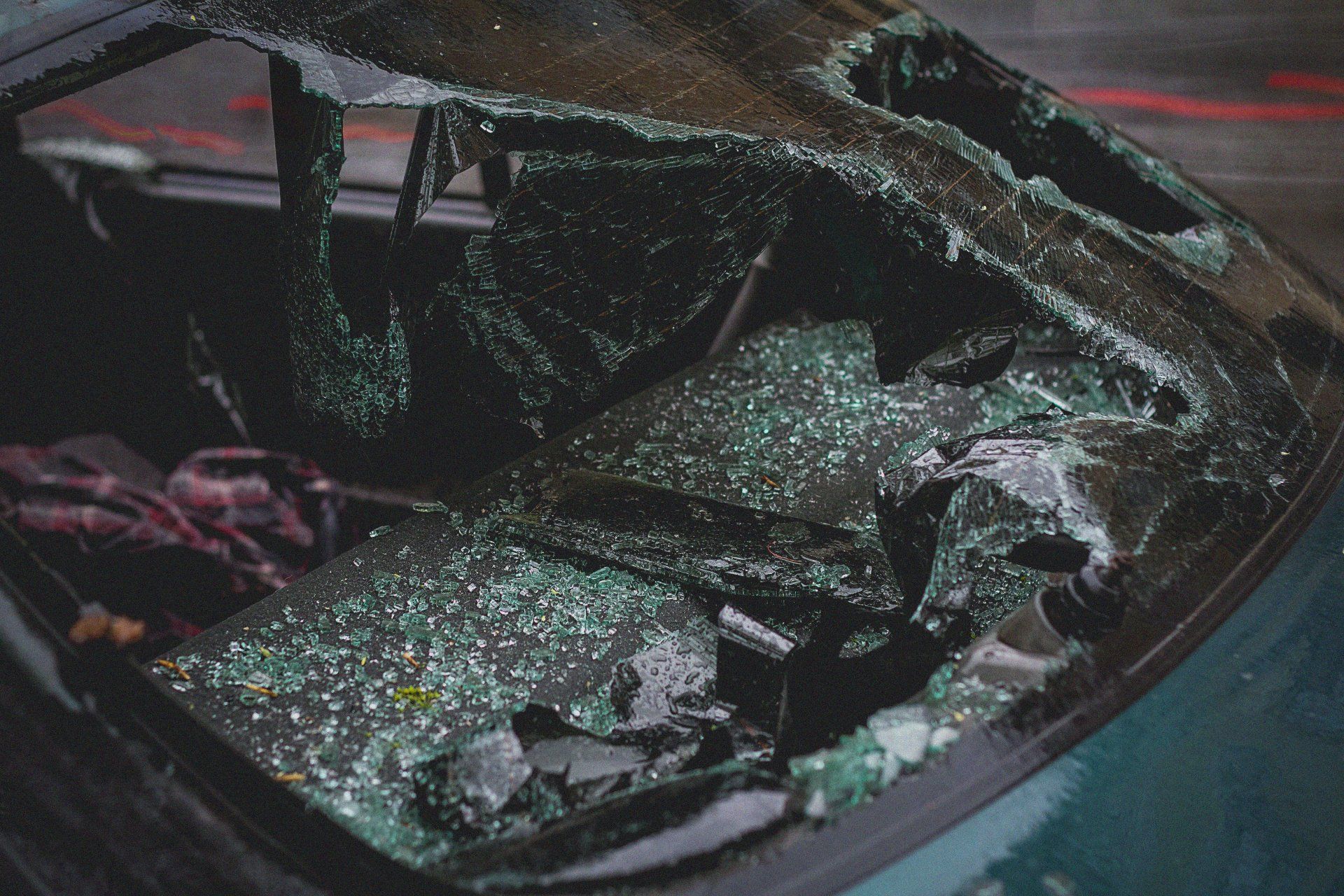Texarkana PD Reports One Fatality, Treacherous Road Conditions Following 4 Inches of Rainfall
A night-long thunderstorm in Texarkana left roadways slick and unpassable in some areas. During the storm, an 18-wheeler accident resulted in one fatality, according to Texarkana authorities.
The Accident and Road Conditions
According to a Wednesday-morning media release published by the Texarkana Police Department, over the course of the night before, the city had seen an overnight thunderstorm and an 18-wheeler accident leading to one fatality. Following the storm, roadways were left submerged in certain areas as a result of the 4-inch rainfall.
The release stated that the Department of Public Safety responded to a single-vehicle accident at around 4:30 a.m. on Wednesday, May 26th. The accident reportedly involved a single 2020 Peterbilt tractor towing double trailers.
The 18-wheeler was traveling westbound on Interstate 30 near the Texas rest area when it suddenly swerved off of the roadway for unknown reasons. The truck soon collided with the overpass of the entrance ramp for I-30. The truck driver died on the scene.
Following the accident, I-30 west was shut down for more than 5 hours while the scene was processed.
Elsewhere in Texarkana, “significant flooding” was seen on low-lying roadways. TTPD stated that “W. 7th Street at the KCS Railroad underpass, 40th and Potomac, Summerhill at Galleria Oaks,” as well as other areas were made fully impassable. The department reportedly erected barricades to stop drivers from attempting to pass through these regions.
TTPD reminded all drivers that if they come across standing water on the road, they should always turn around and seek an alternative route.
Driving Through Standing Water: Don’t Do It
Most of us are probably aware that cars can’t travel underwater. And yet, after heavy rains that lead to flooding, it seems as though there are always images of cars abandoned under bridges and in massive pools of water so large that they can’t exactly be called “puddles.” This seems to suggest that many drivers don’t know the best ways to deal with standing water on the road.
The truth of the matter is you should never try to drive through a flooded roadway. Even just 6-inches of water is enough to flood your exhaust, leaving your vehicle stuck while the water has time to rise even higher. Arguably, betting that a car could drive through water deeper than it can is the cause of most of these flooded-car images.
However, life doesn’t always work out the same way as the instruction manual. Sometimes, driving through standing water is simply unavoidable for some reason. Again, you should avoid this if at all possible, but if you absolutely must drive through standing water, you can follow the guide below to give yourself the best chance of succeeding.
If you’ve been involved in a flood water-related car accident in Texas, contact the Houston car accident attorneys of Lapeze and Johns for help finding a path forward.
Source : KSLA12



CONTACT
OPENING HOURS
- Mon - Fri
- -
- Sat - Sun
- -

